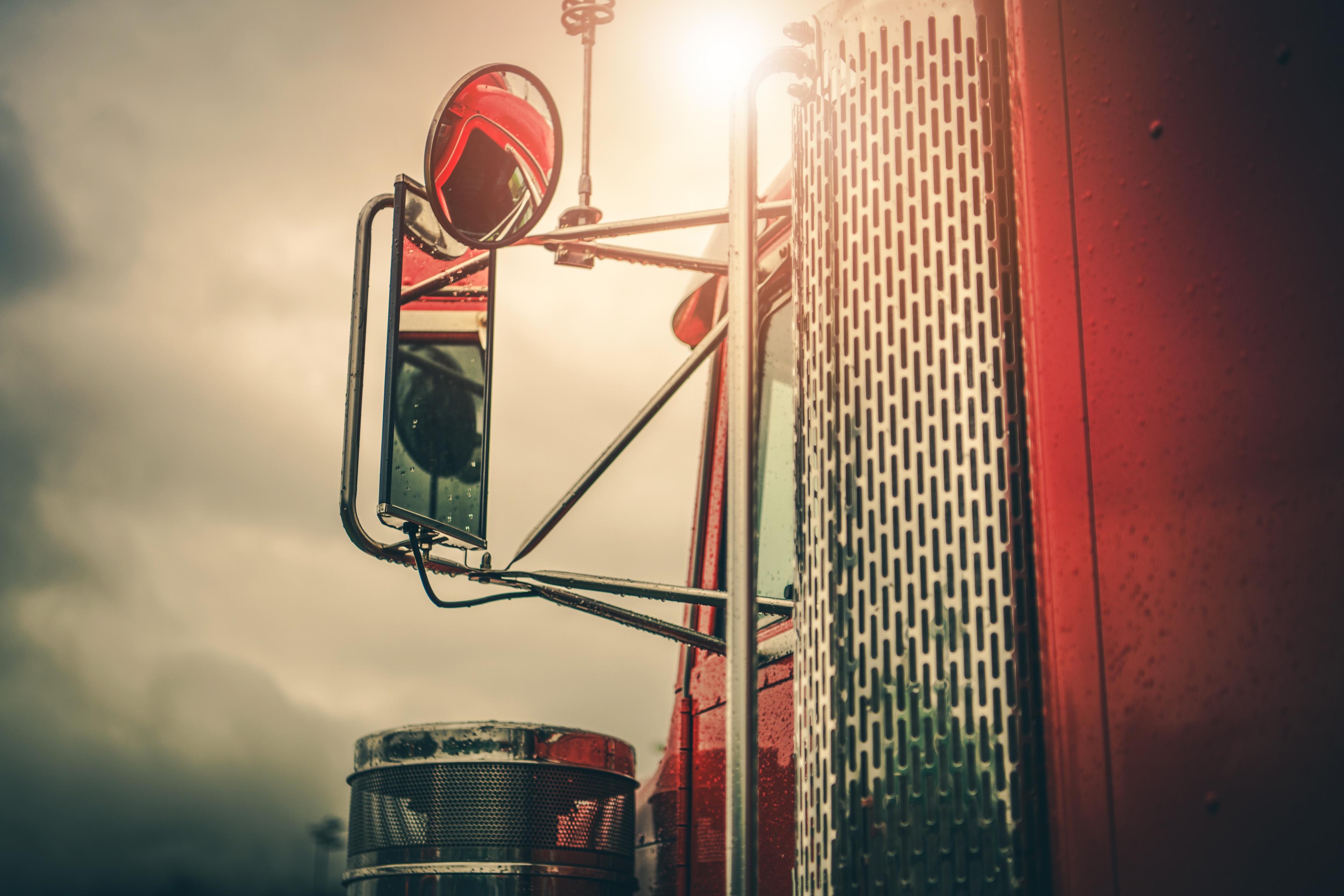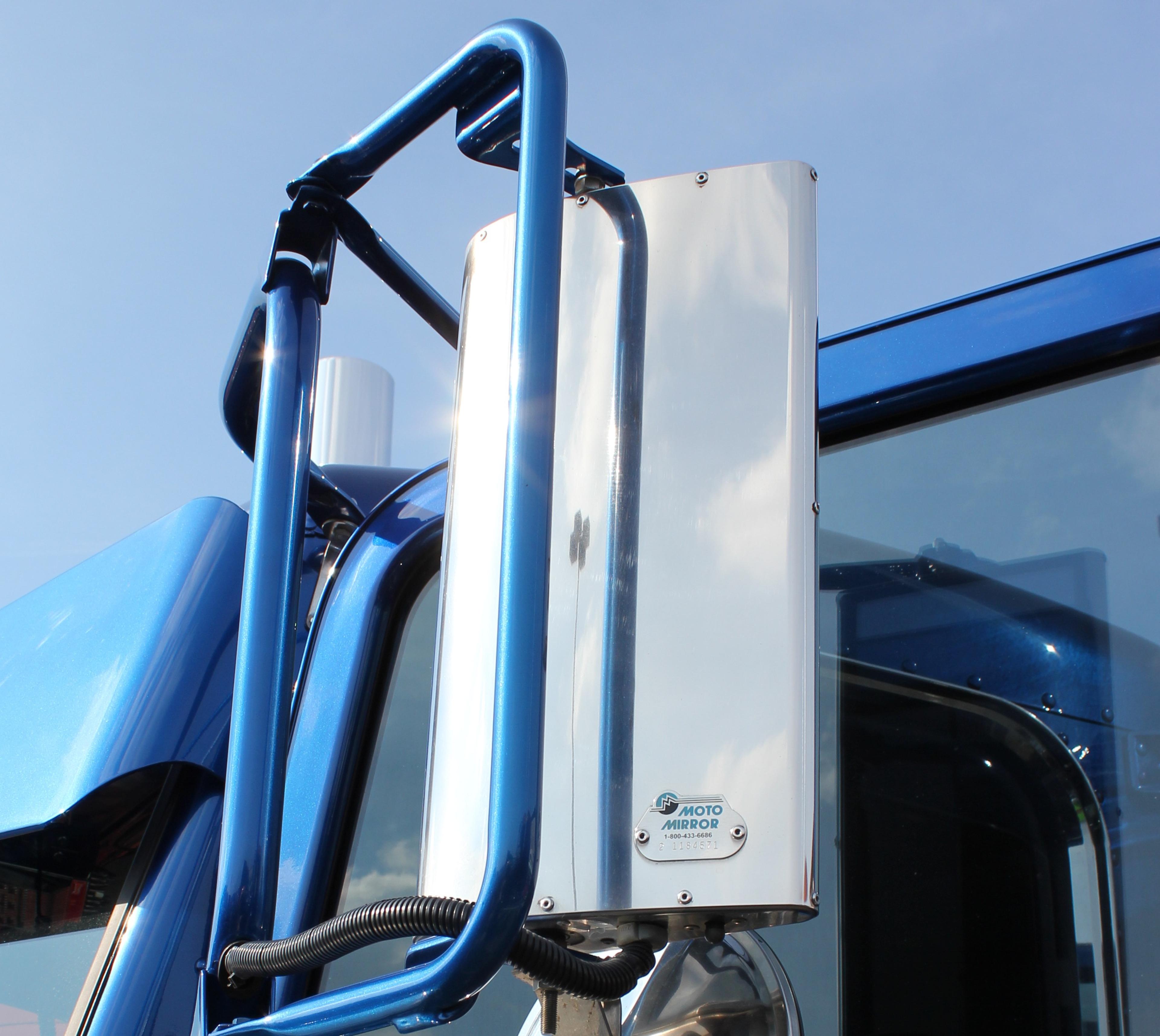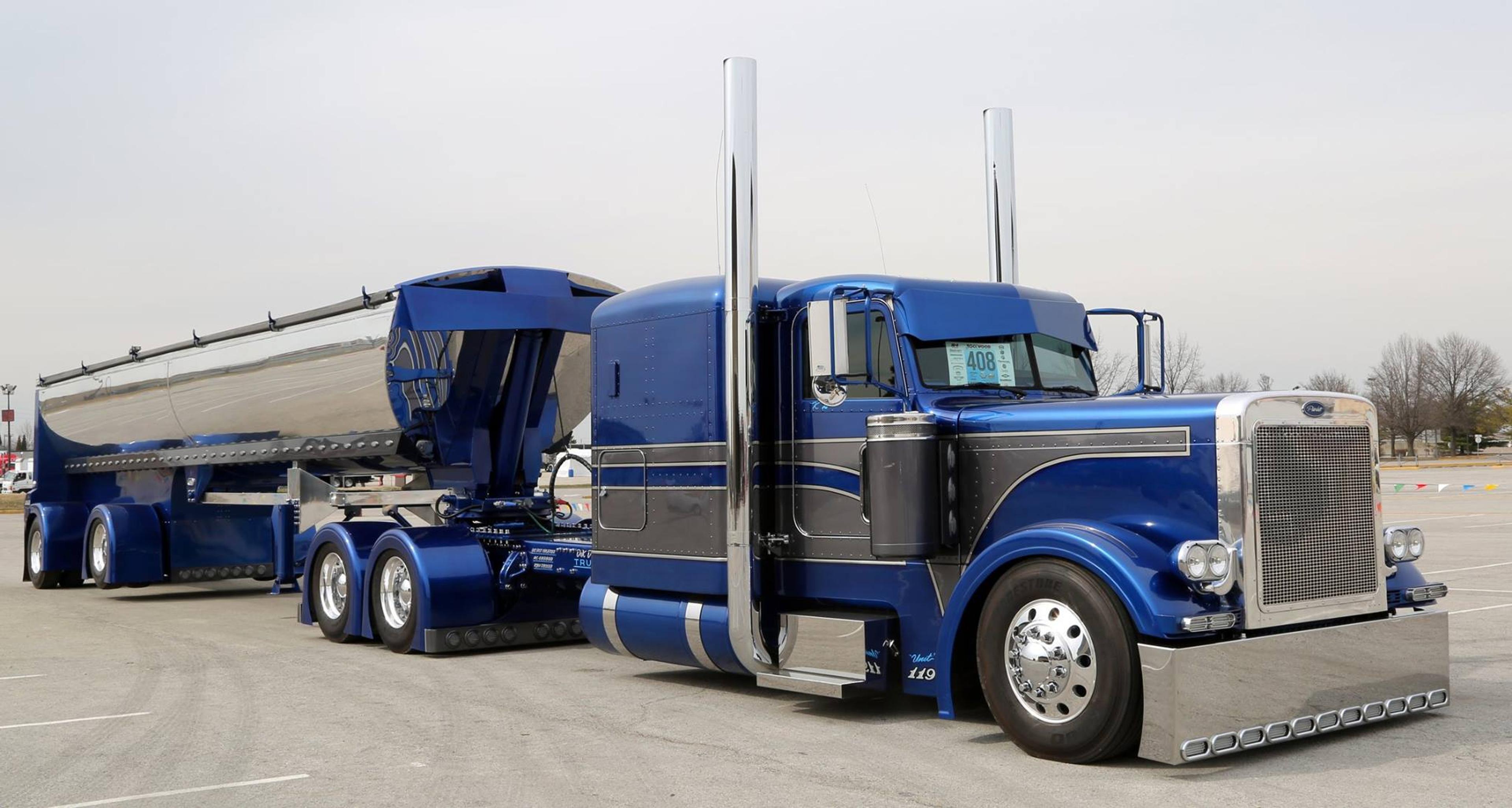Truck mirrors are more than just reflective surfaces; they are crucial safety components that provide visibility and help drivers navigate the road with confidence. From changing lanes to reversing into tight spots, truck mirrors play a vital role in enhancing visibility and reducing blind spots. This guide will delve into the different types of truck mirrors, their functions, common defects, and tips for maintenance and care.
Types of Truck Mirrors
Truck mirrors come in various types, each designed to offer a specific view and serve a unique purpose. Understanding these types can help you make informed decisions when choosing mirrors for your truck.
Convex Mirrors
Convex mirrors, also known as fish-eye mirrors, bulge outwards, providing a wider field of vision. This design is ideal for larger vehicles like semi-trucks. However, objects in convex mirrors appear smaller than they are, which can affect distance perception. These mirrors are often used as rear or side mirrors because they offer a wider view around your truck than flat or concave mirrors.
Flat Mirrors
Flat mirrors provide an accurate representation of distance, making them ideal for rear-view mirrors. They reflect light directly, creating an image that closely matches the actual size and distance of objects. However, they offer a narrower field of view compared to convex mirrors. These larger, flat mirrors became popular on the west coast and are now used worldwide. They extend out from the chassis and offer a larger scope of what’s going on around and behind you.
Additional Mirrors
In addition to the primary mirrors, trucks often require the installation of smaller, often circular blind spot mirrors in addition to your regular side mirrors. These additional mirrors can provide extra safety by covering the areas that the main mirrors can't reach. Some are designed for wide-body applications and position the mirror beyond the truck body to offer an unobstructed view of traffic lanes and blind spots.
Common Defects in Truck Mirrors and How to Identify Them
Like any component of a vehicle, truck mirrors can develop defects over time. Identifying these defects early can prevent potential hazards and costly repairs. Here are some common defects and how to address them:
Misalignment
Misalignment can significantly impact visibility and mirror functionality. If a mirror is not aligned well, it may not provide an accurate view of the road. Regular alignment checks can help ensure that your mirrors are always in the right position. If you're noticing that your mirrors don't provide a clear view of your surroundings, it's a good sign that you'll need to adjust them very soon.
Missing or Damaged Mirrors
Missing or damaged mirrors can affect space management and visibility. Regular inspection and immediate replacement of damaged mirrors can help maintain safety on the road. You can find a wide selection of quality aftermarket truck mirrors on websites like Aftermarket Truck Parts.
Inoperable Mirrors
Inoperable mirrors can significantly impact space management and visibility. If a mirror doesn't adjust properly or at all, it can create blind spots and increase the risk of accidents. Reporting and fixing damaged or inoperable mirrors promptly is crucial for maintaining safety on the road.
Contaminants
Reduced visibility due to dirt, fog, and snow can also be a problem. Regular cleaning for a clear view is essential. If your mirrors are dirty or foggy, clean them with a soft cloth and a gentle cleaning solution. Avoid using harsh chemicals that could damage the mirror surface.
In all cases, regular maintenance and inspection are key to ensuring that your truck mirrors are in good working condition.

Quality of Mirror Brackets and Assemblies
The quality of mirror brackets and assemblies is as important as the mirror itself. They hold the mirror in place and allow for adjustability. Here are some factors to consider when assessing their quality:
Material
When it comes to durability, high-quality materials such as stainless steel are recommended. These materials can withstand the wear and tear of the road and the elements, ensuring that your mirrors remain secure in all conditions.
Construction
The construction of the brackets and assemblies is another important factor. Heavy-duty construction ensures that the brackets and assemblies can withstand the rigors of the road. Look for brackets and assemblies that are built to last and can handle the weight and size of the mirrors they support.
Mounting Hardware
The mounting hardware should be sturdy and reliable. It should securely attach the mirror to the truck without risk of loosening or detachment. Check the screws, bolts, and other hardware for signs of wear or damage.
Brand Reputation
Brands known for their quality and durability are usually a safe bet. Look for products with high ratings and positive reviews from truck owners and operators.
Signs of Low-Quality Mirror Brackets and Assemblies
Identifying signs of low-quality brackets and assemblies can help you avoid potential issues down the line. Here are some signs to look out for.
Vibration
If the mirror vibrates excessively, it could indicate a problem with the bracket or assembly. Excessive vibration can distort the mirror's image, making it difficult to see clearly.
This video provides a quick and affordable fix for shaky mirrors on semi-trucks.
Misalignment
If the mirror doesn't stay in the adjusted position, it could be a sign of a low-quality bracket or assembly. The mirror should remain in place once adjusted to ensure consistent visibility.
Erratic Movement
If the mirror moves erratically or doesn't move smoothly, it could indicate a problem with the assembly. The mirror should adjust smoothly and stay in place once adjusted.
Poor Adjustability
If the mirror is difficult to adjust, it could be a sign of a low-quality bracket or assembly. The mirror should be easy to adjust to ensure optimal visibility and safety on the road.
Remember, maintaining your truck mirrors isn't just about the mirrors themselves, but also about the components that support them. Check out our range of mirror brackets and assemblies here.
Signs of Wear and Tear in Mirror Brackets and Assemblies
Just like any other part of your truck, mirror brackets and assemblies can show signs of wear and tear over time. Regular inspection can help you identify these signs early and take necessary action. Here are some signs of wear and tear to look out for:
- Bent Shafts: Bent shafts can affect the adjustability of the mirror and may cause it to become loose or unstable.
- Rust or Corrosion: Rust or corrosion can weaken the bracket or assembly, compromising its strength and durability.
- Loose Mirrors: If the mirror is loose or wobbles, it could indicate wear and tear in the bracket or assembly.
- Misaligned Mirrors: If the mirror doesn't stay in the adjusted position, it could be a sign of wear and tear in the bracket or assembly.
- Dirt or Damage: Accumulated dirt or visible damage can affect the functionality of the mirror and may indicate wear and tear.

Maintenance and Care for Truck Mirrors
Proper maintenance and care for your truck mirrors can significantly extend their lifespan and ensure they continue to provide clear visibility. Here are some tips for maintaining your truck mirrors:
- Regular Cleaning: Regularly clean your mirrors to remove dirt, dust, and other debris that can obstruct your view. Use a soft cloth and a gentle cleaning solution to avoid scratching the mirrors.
- Avoid Harsh Chemicals: Avoid using harsh chemicals or abrasive cleaners that can damage the mirror surface. Instead, opt for mild soap and water or a specially formulated mirror cleaner.
- Inspect for Damage: Regularly inspect your mirrors for any signs of damage, such as cracks or chips. If you notice any damage, it's important to replace the mirror as soon as possible to ensure your safety on the road.
- Adjust Mirrors Properly: Ensure your mirrors are properly adjusted to provide the best possible view of your surroundings. Improperly adjusted mirrors can create blind spots and increase the risk of accidents.
Preventing Rust and Corrosion in Truck Mirrors
Rust and corrosion can significantly reduce the lifespan of your truck mirrors. However, with proper care and maintenance, you can prevent rust and corrosion. Here are some tips:
- Avoid Ammonia-Based Cleaners: Ammonia-based cleaners can damage the protective coating on the mirrors, making them more susceptible to rust and corrosion in future journeys.
- Avoid Harsh Chemicals: Harsh chemicals can strip away the protective sealants on the mirror, exposing them to moisture and leading to rust and corrosion.
- Use a Soft Cloth for Cleaning: Instead of spraying the cleaning solution directly on the mirror, it is better to spray it on a soft cloth and then wipe the mirror. This can prevent the solution from seeping into the edges of the mirror, which can cause rust and corrosion.
- Keep the Mirrors Dry: After washing your truck or driving in the rain, be sure to dry your mirrors thoroughly. Excess moisture can lead to rust and corrosion over time.

Conclusion
Truck mirrors are an essential component of your vehicle, providing visibility and enhancing safety on the road. Understanding the different types of truck mirrors, their functions, and how to maintain them can help you make informed decisions and ensure your mirrors are always in top condition.
Whether you're a seasoned truck driver or just starting in this industry, we hope this guide has provided valuable insights into the world of truck mirrors. Remember, the right mirror can make all the difference in your driving experience, so choose wisely and maintain regularly.
Stay safe on the road and happy driving!
And if you're looking for high-quality truck mirrors, check out our wide range of options at Aftermarket Truck Parts. We offer a variety of mirrors to suit all types of trucks and needs here.
